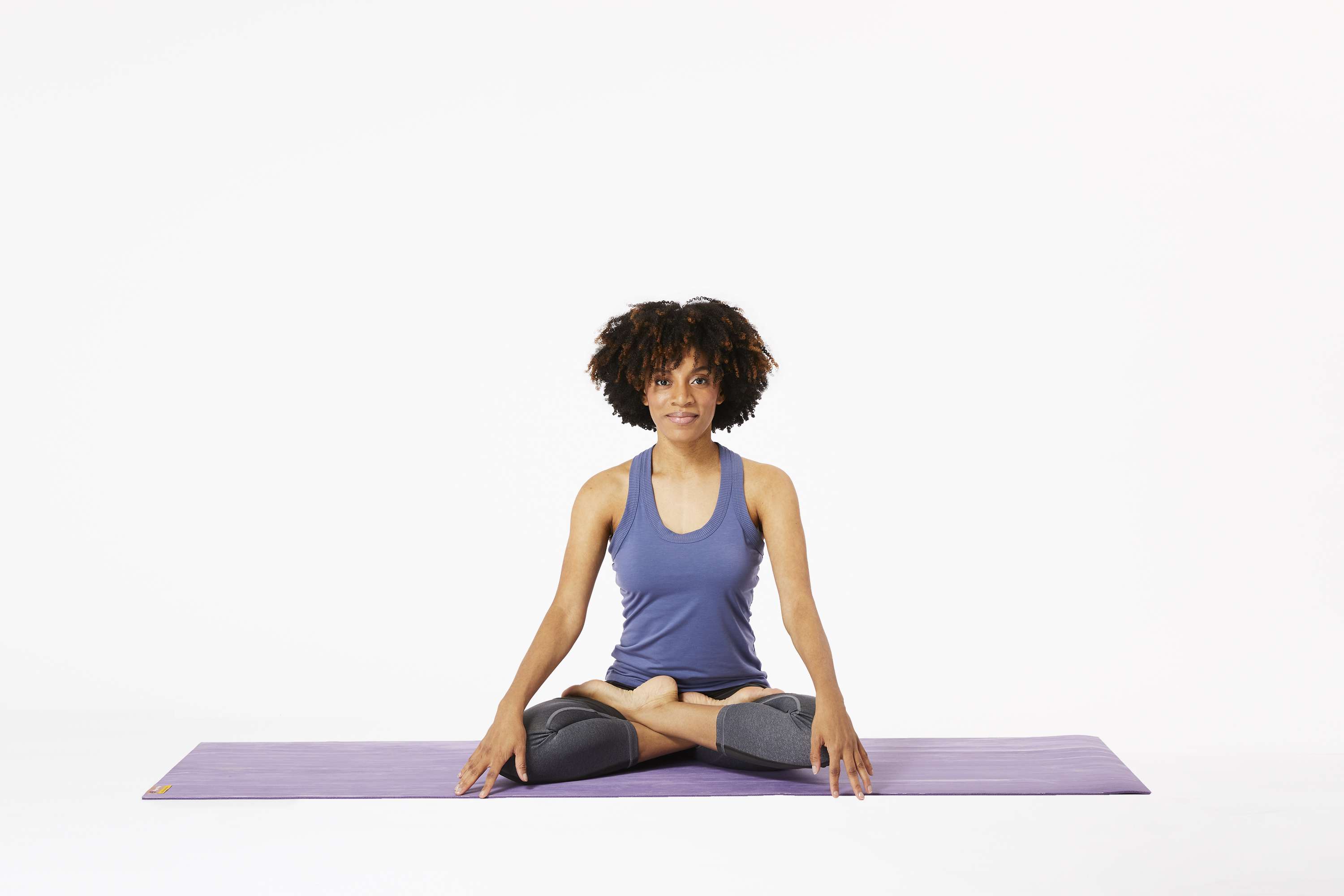
You've likely heard about many benefits of yoga as you've read this article. These benefits include reduced stress, improved cardiovascular health, and reduced muscle tension. Find out more benefits yoga has for you. When you find out how this type of exercise can benefit your health, it will be a decision you will be happy with. These are the top reasons to get started with yoga. Listed below are just some of the many benefits that yoga can give you.
Reduces stress
Research has shown that yoga practice reduces stress. This exercise stimulates the parasympathetic nervous systems, which aids in stress management by reducing stress hormones levels. Regular yoga practice can also increase heart rate variability, which is a measure how well we can handle stress. After just a few sessions, yoga practitioners report lower stress levels. Yoga can also improve mental flexibility and help people switch between tasks better.

It improves your mood
Although the benefits of yoga might not immediately be obvious, regular practice can have a positive impact on your body. Yoga can improve your mood by helping to tone and loosen joints. Yoga has been shown to increase GABA levels. GABA is a neurotransmitter that can help curb anxiety and relieve blue moods. How can yoga improve your mood, you ask? Here are some of the key factors. These are the top benefits of yoga to improve your mood.
Reduces inflammation
According to University of Ohio research, regular yoga practice can have a significant effect on reducing inflammation. This may be of benefit to patients with chronic conditions like heart disease, diabetes and cancer. This natural part of our bodies, inflammation, is often misunderstood by many as a symptom, or a short term response to injury. It is a chronic condition that can cause serious health problems.
Improves cardiovascular health
Yoga is an ancient form of exercise that emphasizes the importance of breathing, meditation, and body postures. It can improve flexibility, strength, and mental well being. Research has shown that yoga can help reduce stress and improve cardiovascular risk factors. However, the effects of yoga on cardiovascular health remain uncertain. This may be due to poor study design, inadequate adjustment for confounders, publication bias, and insufficient controls for multiple variables. However, there are many health benefits to yoga. It can also complement an exercise routine that improves cardiovascular fitness.
Reaction time is improved
Research has shown that regular yoga practice can improve your reaction time. Research shows that yoga can increase your ability to react by as much at 18 seconds. Yoga can have many health benefits including increased mental clarity and improved short-term memories. You may also notice a greater ability to respond to sounds, lights, or other distracting stimuli. Researchers conducted multiple tests to determine how participants' RT changed after they had done yoga.

Relieves back pain
According to the 1970 British Cohort Study, which followed 17,000 people born in 1970, approximately 21% of people in their late 40s in the UK had recurring back pain. This can partly be attributed to our sedentary lifestyles, long working hours, and poor postures. Yoga is a great way to prevent and relieve back pain. It gives strength, flexibility, comfort, and support to the back. But before we can discuss yoga's back-health benefits, it's important to understand how back pain develops and why it occurs in the first place.
FAQ
Are yoga mats expensive?
A high-quality yoga mat costs between $20-$100 depending on its size and material type.
Are 20 minutes of daily yoga enough?
Yoga should not just be exercise. It is an opportunity to reflect on your life, and how it has been lived.
A few years ago, I was introduced to yoga by my friend, who had been practicing it for many years. He explained that he used to do yoga for 20 minutes every morning. This helped him feel more calm throughout the day.
It made a huge difference in my overall health and well-being. I have continued to practice yoga regularly since then and find that it helps me relax and focus when working at my desk.
Find what works for you, and then set realistic goals. Yoga doesn't have to be a time-consuming activity if it's not going to help your goals.
What types of yoga do you have?
Bikram Yoga (Bikram Heated) is the most popular form of yoga. Other forms include Hatha, Ashtanga, Vinyasa, Iyengar, Kundalini, Yin, Power Yoga, Flow Yoga, Reiki, Pilates, Restorative, Aerial, etc.
Do my clothes fit well after I do yoga classes?
Most likely, yes. Most yoga pants have elastic waists that stretch when worn. They should be loose enough to wear during a workout, and not feel constricting.
Yoga pants may not fit well if your weight has dropped recently. This is why you might opt for shorts or leggings.
What's the difference between pilates and yoga?
Both pilates, and yoga, are both effective exercise programs. However they work differently. While both are based on stretching, yoga focuses on poses that challenge your core muscles and build strength.
Pilates emphasizes balance and strengthening core muscles. Yoga can be used in conjunction with pilates.
Statistics
- About one in seven U.S. adults practiced yoga in the past 12 months, according to a 2017 national survey. (nccih.nih.gov)
- Lock in 25% off your Founding Member rate. (corepoweryoga.com)
- Gentle yoga has been shown to ease some of the discomforts of tender, swollen joints for people with arthritis, according to a Johns Hopkins review of 11 recent studies. (hopkinsmedicine.org)
- According to calorie estimates calculated at Harvard Medical School, the average 125-pound person burns about 120 calories in a half hour of hatha yoga, and a 185-pound person burns about 178 calories in that half hour. (everydayhealth.com)
- A 2020 review of 27 studies (1,805 total participants) of yoga interventions in children or adolescents found reductions in anxiety or depression in 70 percent of the studies, with more promising results for anxiety. (nccih.nih.gov)
External Links
How To
Can I do yoga during pregnancy?
Pregnancy can affect your ability to do certain poses safely. You should always consult your doctor before starting a new workout program.
However, there are many poses you can still do during pregnancy. Here are some tips:
-
Women who are pregnant shouldn't lift more than shoulder height. Instead, you can use dumbbells or lightweight resistance bands.
-
Avoid deep twists as they could place pressure on your belly.
-
You should avoid backbends, at least until you give birth. These can strain your lower back.
-
Until you deliver your baby, don't lie on your stomach or sit cross-legged.
-
Make sure you have your doctor cleared you to perform inverted poses (e.g., headstands or handstands).
-
Your practice should be limited to 30 minutes per week
Yoga can be continued during pregnancy, if you're at the right stage. Your doctor will let you know when you are ready for yoga.